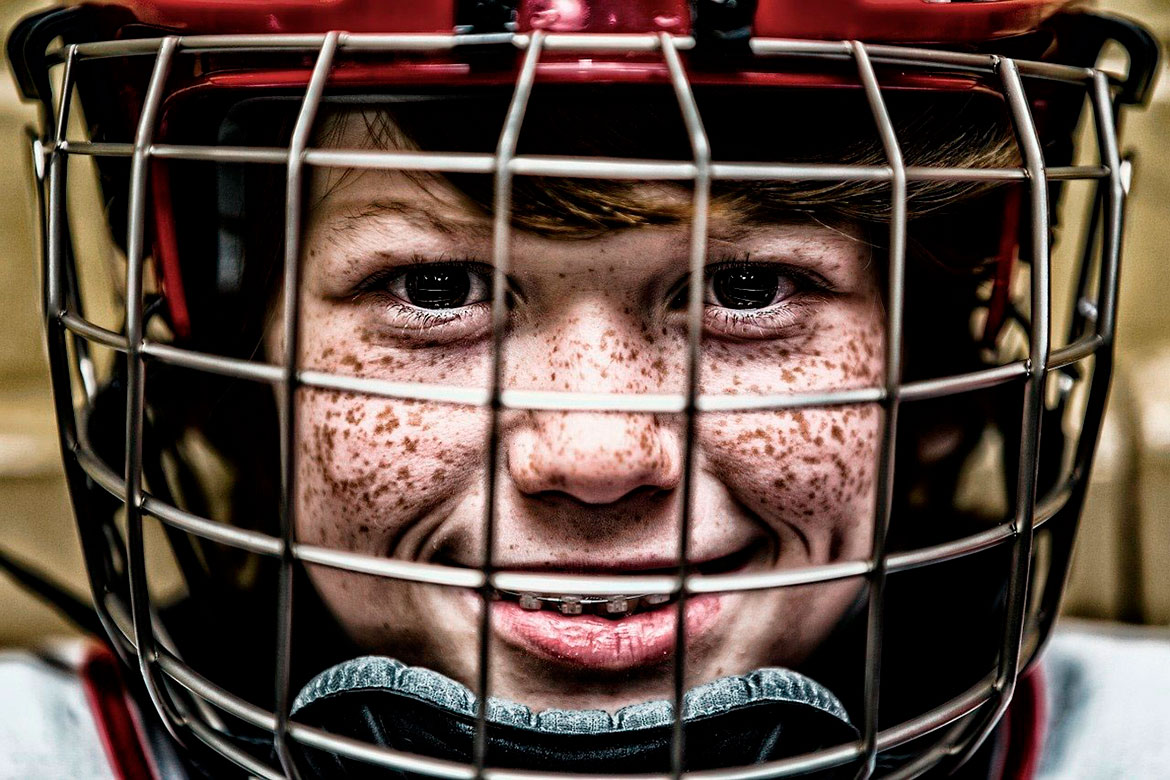The Importance of Using Safety Equipment In Sports
There are many benefits to children being involved in sports. Access to sports helps build up a child's self-esteem while encouraging them to form friendships that could last a lifetime. Organized sports can also be an excellent learning tool that can teach children life skills such as problem-solving, time management, and goal-setting. However, participating in sports is not without its risks.
- Sports Safety
- Sports Injury Statistics
- Exercise Safety
- Youth Sports: Positive and Negative Impacts on Young Athletes
Although there is a long list of benefits involved with children's sports, there are also safety concerns, especially related to contact sports such as football, soccer, and wrestling. As many as 2.6 million U.S. children are treated in hospitals each year for recreation- and sports-related injuries. Some organizations have even called for a complete ban on contact sports programs for children. But these statistics don't seem to be causing parents to refrain from signing their children up for sports: Approximately 30 million children participate in organized sports across the nation.
- Sports and Exercise Safety
- Doctor Warns Against Contact Sports for Kids
- Contact Sports: Should Your Child Play?
- Is Football Safe for Kids?
- Youth Sports
There are a few important things to keep in mind that will help ensure your child's safety while participating in sports. Make sure that all children are informed of the rules of the sport and know how to use appropriate techniques to reduce their risk of injury, such as the right way to tackle a player in football or slide into a base in baseball. Also, take note of how long a child has been playing and how many water breaks they have had, and watch for any signs of overexertion that could lead to serious health issues such as heat stroke or dehydration. Children should always be encouraged to warm up before physical activity to help keep their muscles flexible and prevent injury. If an injury does occur, it is important to follow all doctor recommendations and obtain consent from your child's doctor before resuming any activity. Not allowing a child to rush back into an activity will prevent future injuries and allow time for your child to heal.
- Contact Sports and Kids: How to Keep Your Children Safe
- Sports Safety Tips
- Sports Injury Prevention Tips
- Preventing Injuries in Young Athletes
- Preventing Kids' Sports Injuries
The safety equipment children wear while participating in sports is crucial in preventing and lessening the impact of sports-related injuries. Among the most common and arguably most critical injuries that occur in youth sports are head- and brain-related injuries. As many as 21 percent of all traumatic brain injuries in children occur during sports and recreational activities. Helmets are a vital piece of equipment to protect children from concussions and other traumatic brain injuries. Sports such as football, baseball, softball, hockey, and lacrosse all require the use of helmets to participate. Helmets are designed to cushion and spread out the force of any impact to the skull. The use of the correct helmet during any activity can mean the difference between a serious injury and walking away unharmed. It is important to take into consideration the sport your child is participating in as well as their age when deciding on the right equipment for them.
- Sports-Related Head Injuries
- Sports Safety
- Safe Playground Equipment
- A Guide to Safety for Young Athletes
- When Play Is Too Much
- Choosing a Football Helmet: Six Tips for Best Protection
- Prevent Sports Injuries in Children and Teens
Any kind of head injury can be catastrophic to the developing brain of a child, but scientific research has shown that repetitive head injuries, especially those that occur before the previous injury has had sufficient time to heal, can lead to long-term neurological and functional deficits. It can take up to six to 18 months for a head injury to properly heal, depending on the extent of the head injury. The term coined in 1984 for a head injury sustained before a previous head injury can properly heal is second-impact syndrome (SIS). This type of situation is alarmingly common in high school students, with a 2008 study showing that 71% of high school football players who suffered a head injury had already suffered a previous head injury within the same season.
With the majority of brain injuries in student-athletes resulting from participation in football, the development of more effective and safer football helmets has been widely discussed and researched. Currently, the standard football helmet is designed to cushion the blow of an impact to the skull, but it does not effectively reduce the transfer of kinetic energy that causes the brain to be jostled inside the skull, resulting in concussions and other traumatic brain injuries. Researchers and corporations have been investing significant time and money into developing new designs for a football helmet that absorbs the impact of a blow to the head and reduces the amount of energy transferred to the brain.
- Tackling in Youth Football
- Helmets: How they Work and What Standards Do
- A Football Helmet Design That Listens to Physics
- Protecting Against Concussions: Helmet Research
Find more about the author: Kim Hart

